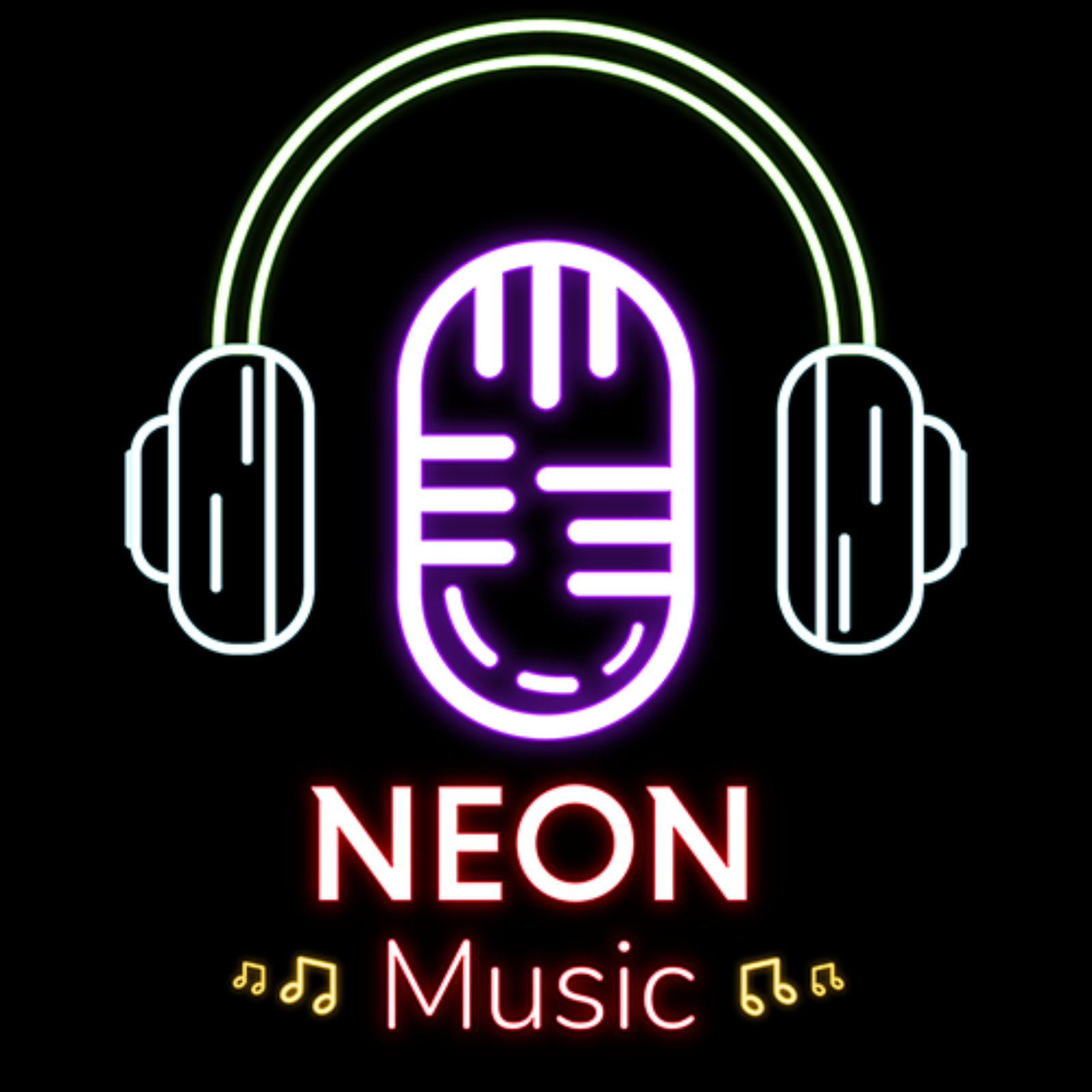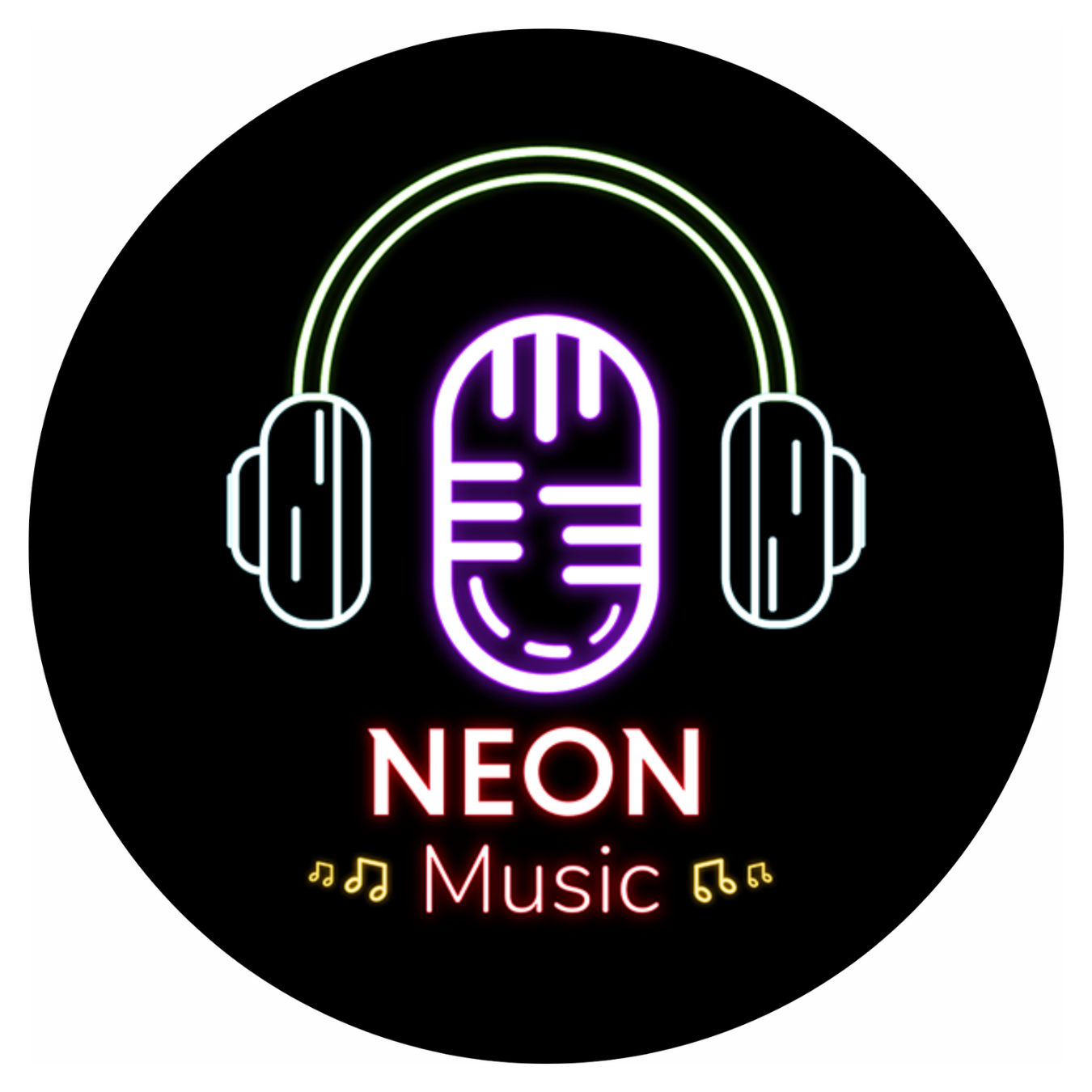The moon has always been a source of fascination and inspiration for humans.
It affects our tides, our calendars, our moods, and even our music. Many composers and songwriters have created songs about the moon, using it as a theme, a symbol, or a metaphor in their works.
These songs are some of the most beautiful and memorable pieces of music ever.
In this article, we will explore how the moon influences music, from classical to pop, and how it reflects our emotions, dreams, loneliness, and love.
How the Moon Inspires Different Genres of Music
The moon has inspired music across different genres and styles, from classical to rock, from jazz to folk.
Some of the most famous examples of classical songs about the moon are Debussy’s Clair de Lune, Beethoven’s Moonlight Sonata, and Dvořák’s Song to the Moon.
These pieces capture the serene, romantic, and mysterious aspects of the moonlight using delicate melody, harmony, and texture.
The Moon has also influenced many rock and pop songs about the moon, such as Pink Floyd’s The Dark Side of the Moon, which is one of the best-selling albums of all time.
The album explores themes such as madness, greed, war, and death, using the moon as a metaphor for the hidden and dark side of human nature.
Other examples of rock and pop songs about the moon are The Beatles’ Mr. Moonlight, The Rolling Stones’ Moon Is Up, Bruno Mars’ Talking to the Moon, and Coldplay’s Parachutes, which was influenced by Pink Floyd’s sound.
How the Moon Represents Emotion, Dreams, Loneliness, and Love in Songs
The moon is often used as a symbol of emotion, dreams, loneliness, and love in songs.
Many songs express the feelings of longing, sadness, or nostalgia that the moon evokes, such as Norah Jones’ Shoot the Moon, Nanci Griffith’s Once in a Very Blue Moon, and Savage Garden’s To the Moon and Back.
These songs talk about how love changes like the seasons, how rare it is to find true happiness, and how it feels to be away from someone you love.
Other songs use the moon as a symbol of hope, joy, or romance, such as Frank Sinatra’s Fly Me To The Moon, Van Morrison’s Moondance, and Ariana Grande’s Moonlight.
These songs celebrate the beauty and magic of the moonlight, how it makes everything more enchanting and special, and how it brings lovers closer together.
How The Moon Relates To Space Travel, Werewolves, Or The Passage Of Time In Songs
The moon is also related to space travel, werewolves, or the passage of time in songs.
Some songs are inspired by the scientific and technological achievements of exploring outer space and landing on the moon, such as Elton John’s Rocket Man, David Bowie’s Space Oddity, and REM’s Man on the Moon.
These songs reflect on the challenges and wonders of being an astronaut or a space traveller.
Some songs are influenced by the mythical and supernatural aspects of the moon, such as its connection to werewolves or other creatures of the night.
One example is Ozzy Osbourne’s Bark at the Moon, which is about a man who turns into a werewolf under the full moon.
Another example is Michael Jackson’s Thriller, which features a famous scene where he transforms into a werewolf in front of his girlfriend.
Some songs use the moon as a measure of time or a marker of change.
For instance, Cat Stevens’ Moon Shadow uses a simple melody that repeats with slight changes throughout the song.
Nick Drake’s Pink Moon uses a complex melody that develops with different chords and patterns throughout the song.
How the Moon Shapes the Melody, Harmony, and Rhythm of Songs
The moon not only influences the lyrics and symbolism of songs but also shapes their melody, harmony, and rhythm.
Some songs use musical elements that evoke the moonlight, such as soft dynamics, slow tempos, gentle timbres, and smooth transitions.
For example, Debussy’s Clair de Lune uses arpeggios, glissandos, and pedal effects to create a shimmering and fluid sound.
Beethoven’s Moonlight Sonata uses triplets, syncopation, and chromaticism to create a haunting and hypnotic mood.
Other songs use musical elements that contrast the moonlight, such as loud dynamics, fast tempos, harsh timbres, and abrupt changes.
For example, Ozzy Osbourne’s Bark at the Moon uses distortion, power chords, and heavy drums to create a fierce and aggressive sound.
Pink Floyd’s The Dark Side of the Moon uses synthesisers, sound effects, and spoken words to create a psychedelic and experimental sound.
Some songs use musical elements that reflect the phases of the moon, such as repetition, variation, and development.
For example, Cat Stevens’ Moon Shadow uses a simple melody that repeats with slight changes throughout the song. Nick Drake’s Pink Moon uses a complex melody that develops with different chords and patterns throughout the song.
How the Moon Influences the Lyrics and Symbolism of Songs
The moon also influences the lyrics and symbolism of songs. Some songs use literal descriptions of the moon or its effects on nature or people.
For example, Frank Sinatra’s Fly Me To The Moon uses the imagery of stars and planets to express his love for his partner.
Billie Holiday’s Blue Moon uses the imagery of loneliness and sadness to express her longing for someone.
Other songs use figurative language or metaphors to relate the moon to other concepts or themes.
For example, The Beatles’ Mr. Moonlight uses personification and an apostrophe to address the moon as a friend and a helper.
The Rolling Stones’ Moon Is Up uses allusion and irony to compare the moon to a woman who is unfaithful and cruel.
Some songs use ambiguity or multiple meanings to suggest different interpretations of the moon or its significance.
For example, Ariana Grande’s Moonlight uses puns and wordplay to refer to both the moonlight and her lover’s nickname.
Creedence Clearwater Revival’s Bad Moon Rising uses foreshadowing and double entendre to imply both a natural disaster and social unrest.
Conclusion
The moon is a powerful and versatile musical inspiration that has influenced many composers and songwriters over time.
It has inspired different genres and styles of music about the moon, representing emotion, dreams, loneliness, and love.
It has also been related to space travel, werewolves, or the passage of time in songs.
It has shaped the melody, harmony, and rhythm of songs using various musical elements.
It has influenced the lyrics and symbolism of songs using literal or figurative language.
The moon is a musical muse that continues to enchant us with its beauty and mystery.
If you would like to discover new music related to the moon why not check out the links below:


